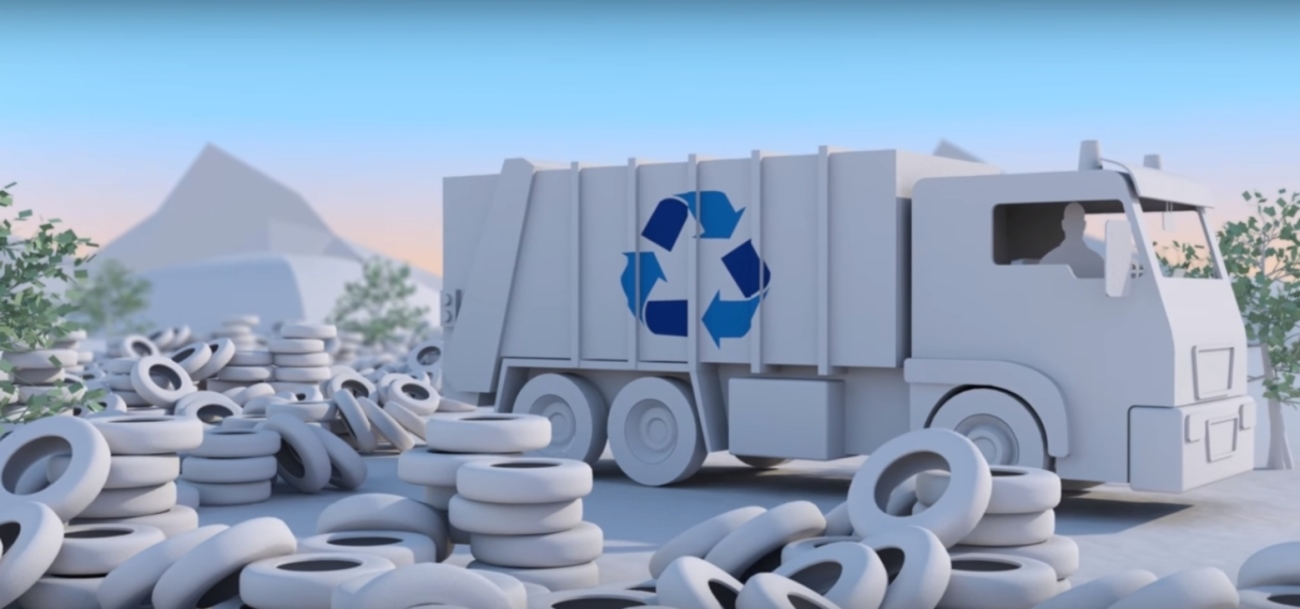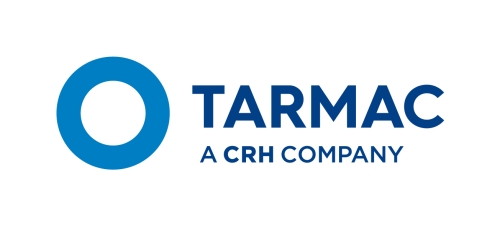
CLIMATE CHANGE
Alternative fuels for a more sustainable business
Using waste materials as high-energy alternative fuel is having a powerful environmental and economic impact at two of Tarmac’s cement plants.
The aim is to eventually substitute 100% of traditional fossil fuels with waste-derived alternatives. This approach gives waste material a ‘second life’ as a high-energy fuel source, rather than less environmentally beneficial disposal options such as sending it to landfill.
Where possible, Sapphire sources fuels locally, further reducing overall carbon footprint.
There are also economic benefits, as Andrea Magro, General Manager at Sapphire, explains: “The goal is to maximize the substitution of traditional fuels with Alternative Fuels with the objective to develop at the same time more sustainable and a more competitive business.
“Using alternative fuels at a plant isn’t always easy. In some cases it would be easier to use traditional fuels. But thanks to good mastery of the process, excellent people skills and a supply of good-quality fuels, it is possible to stretch the AF substitution with a positive impact on both the environment and the business.
For Mike Eberlin, Managing Director, Cement and Lime, another key aim is to change perceptions of cement plants.
He said: “The external image of the cement plant is that they are polluters, but, in fact, we’re managing to use alternative fuels to benefit the community. “By using waste-derived, alternative fuels we’re reinforcing our position as a positive contributor to the circular economy. Through Sapphire, we’re delivering key services to communities and stakeholders, and contributing to the management of waste streams.”
